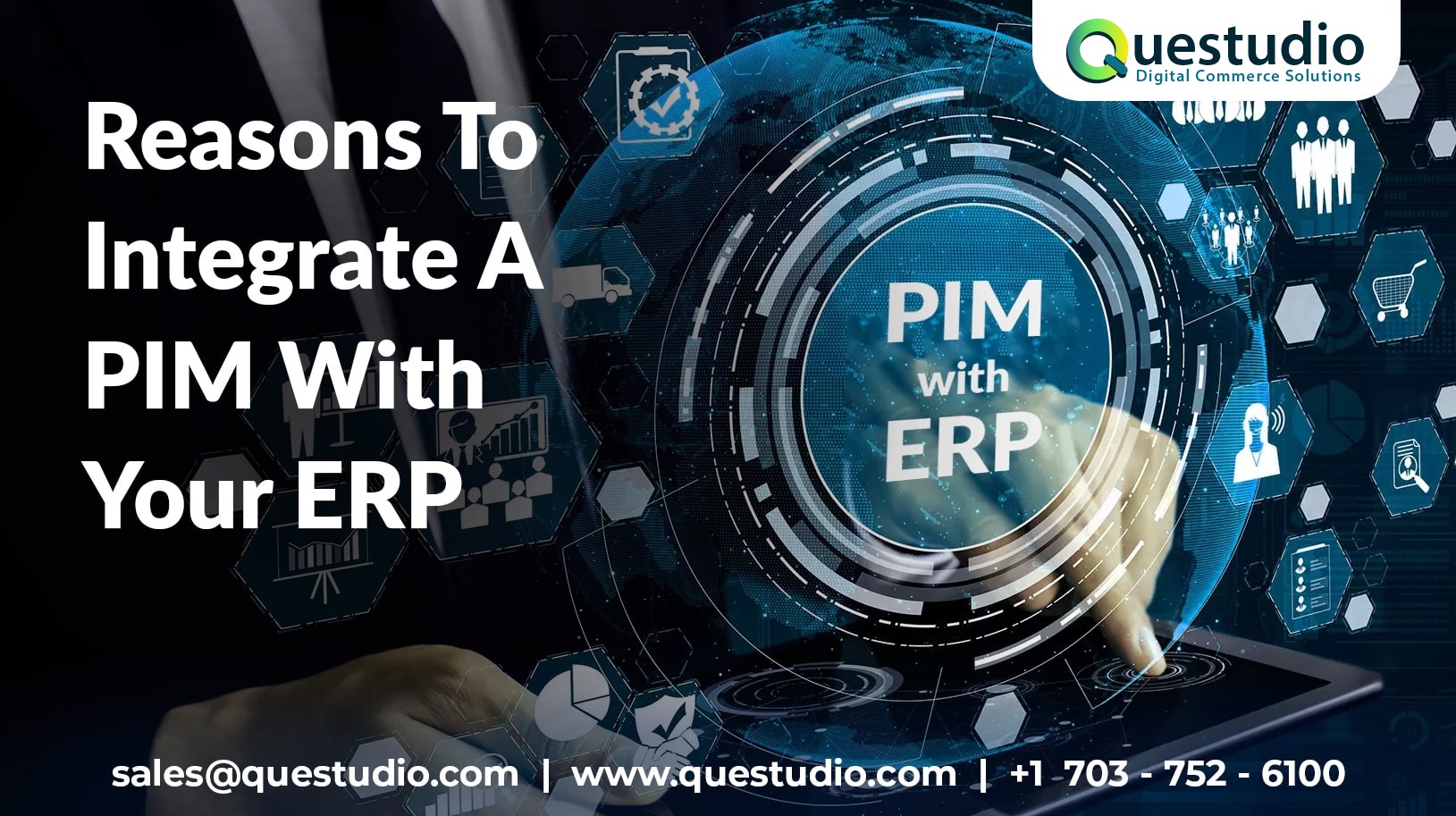Reasons To Integrate A Product Information Management (PIM) with your ERP : In terms of product sales visibility and management, there is no denying the importance of Enterprise Resource Planning (ERP). Everything from product data organization to sales report analysis can be accomplished with the help of such a system. But relying solely on your enterprise resource planning system to manage your daily operations and customer communications is a mistake.
Whether you plan to switch to another ERP system or upgrade your current ERP, the balanced integration of a Product Information Management (PIM) system will be critical. Utilizing an integrated system will make the process of switching or upgrading systems that much simpler when it comes to handling and migrating product information. It will also ensure that your product data is managed and distributed in a streamlined manner to customer channels.
There are numerous compelling arguments for integrating a PIM System with your ERP system.
An Enterprise Resource Planning system (ERP) is specifically designed for the management of internal business data. Nonetheless, it falls short when it comes to the processing of promotional materials such as textual product descriptions and media files. An effective PIM Software can make all of the difference in this situation.
The efficient management of marketing aspects such as product descriptions, technical specifications, and associated media is made possible by such a system. Due to the fact that it provides user-friendly options for marketing channel processing, it is an excellent choice for integration with an ERP system.
Here are some examples of the tasks that a best-in-class PIM Tool can complete:
Product hierarchies should be created and maintained.
Integrate an infinite number of object types and attributes into a single application.
Sort products into categories across multiple channels and catalogs within each channel.
Make use of the built-in tools to clean up and improve product information.
Update data on a collective or a local level as needed, as appropriate.
Product images, manuals, and schematics are just a few of the assets that can be stored.
Product information should be available in a variety of languages.
Because of the ability to organize and publish critical product information, it is a good idea to implement a Ecommerce PIM Software either before or alongside your ERP system to maximize its functionality. In this case, the PIM can be used to manage external product communication across individual “touchpoints,” whereas the ERP can be used to manage internal and commercial operations.
With standard connectors that allow information to flow in both directions, integrating the ERP and PIM is a straightforward process.
Following the implementation of a Product Information Management System, you will no longer be reliant on a specific ERP system. When it comes to managing product information, you will not rely on platforms such as the CMS or InDesign. It is within the PIM system that you will be able to create and manage your company’s specific data model and product data (rather than the platforms themselves). Through the PIM, the information will be transferred to each of the other systems.
Why it is not a question of ERP versus PIM
Consider how the management of your business data will be affected if you choose to implement an exclusive ERP system in order to demonstrate the importance of the PIM even more. However, while the ERP may provide you with peace of mind regarding the central management of your business data, it is inherently unsuited for the processing of product content.
If your company does not have a Product Catalog Management system in place, your product data is more likely to be disorganized. It is possible that content will be misplaced or lost as a result, which will have a negative impact on the overall customer experience. Sales and customer loyalty will almost certainly suffer if your product marketing efforts are not consistent from one campaign to the next.
No matter how sophisticated your ERP system is, it will not allow for the organization and optimization of product information to be as flexible or granular as you would like. The process of trying to lengthen a product description or alter a data field parameter within such a system will be extremely difficult. The inability to publish product information across a variety of customer-facing platforms will also be a source of frustration for you and your team.
Due to the integration of PIM and ERP Implementation software, you can streamline the processing of your core data, business processes, and software applications. These systems, when used together, allow you to transfer valuable real-time data to your marketing teams while also providing the best possible customer experience.
You can rely on a PIM Solution for the following tasks:
Information about the product, such as names, SKUs, UPCs, and so on.
Weights, colors, and sizes of products, as well as their specifications, are saved.
The conversion of digital data into marketing assets is referred to as data conversion.
With the assistance of an ERP, you will be able to accomplish the following:
It is necessary to keep track of inventory.
Customer behavior and journeys should be tracked and monitored using a customer relationship management system (CRM).
The information about customers should be centralized.
Identify and resolve billing and payment issues
Related posts





